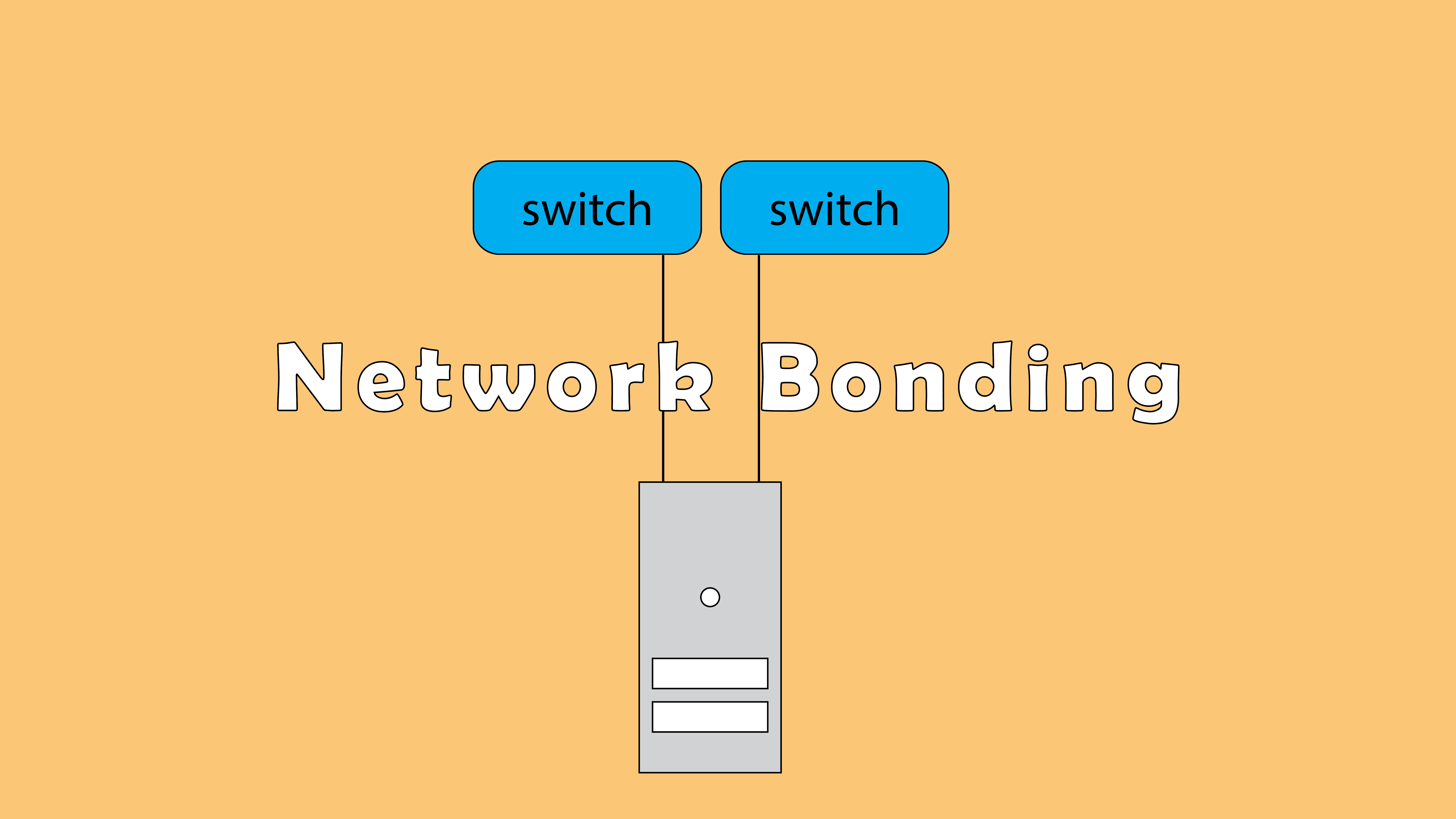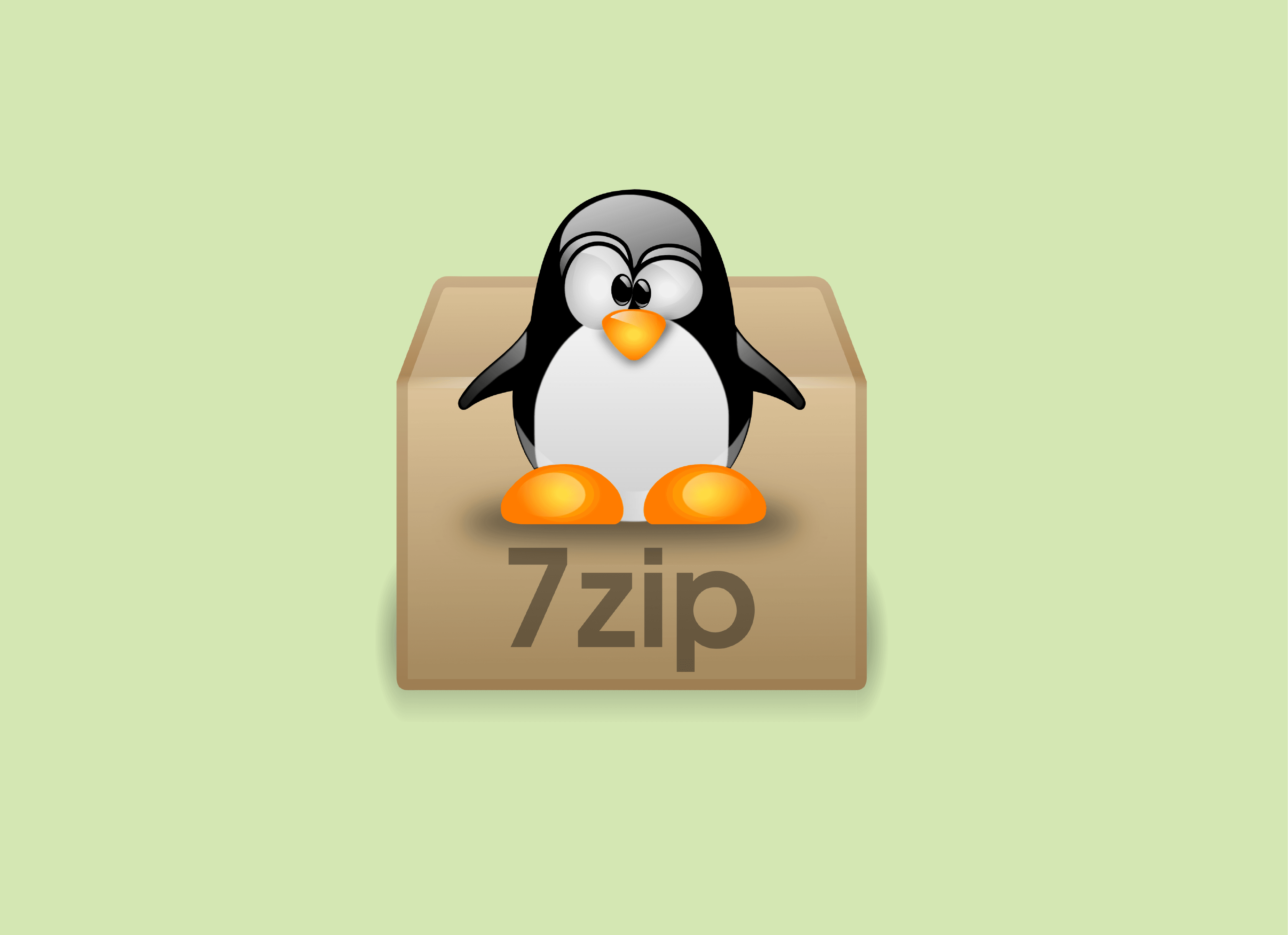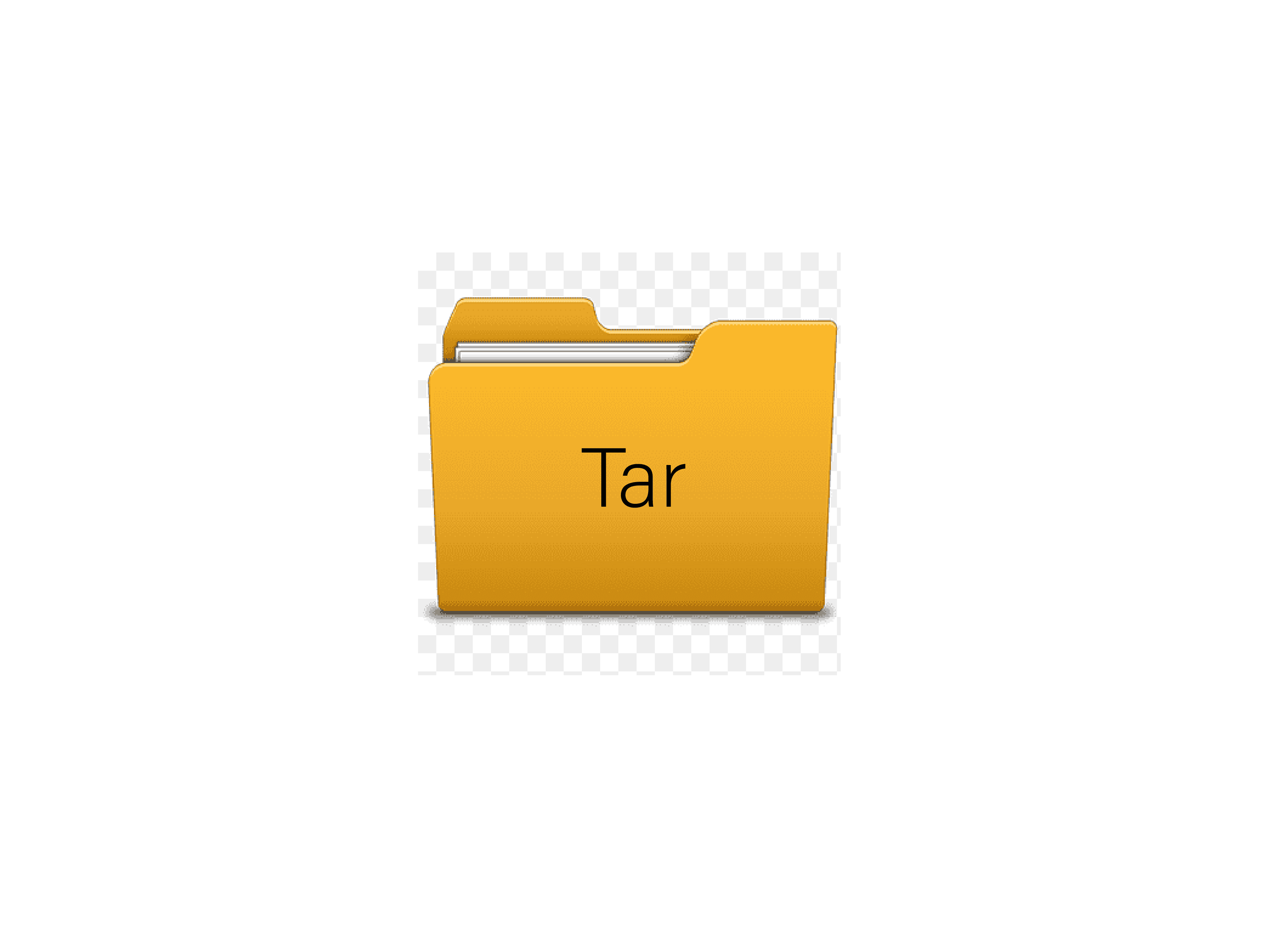Kali Linux is a free and open-source distribution of the Linux operating system. It is specifically designed for penetration testing and Security Auditing. It is based on Debian and is developed and maintained by Offensive Security, a cybersecurity training and certification company.
What can we do with Kali Linux
One of the key features of Kali Linux is its collection of pre-installed penetration testing tools. These tools include a wide range of software for tasks such as network discovery, vulnerability scanning, and password cracking. Its make Kali Linux a popular choice among ethical hackers and security professionals for testing the security of their own networks and systems, as well as for conducting penetration tests on behalf of clients.
In addition to its collection of security tools, Kali Linux also includes several other features that make it a useful operating system for penetration testing and digital forensics. These include :
– A custom kernel that is optimized for wireless injection and other penetration testing tasks
Support for both 32-bit and 64-bit architectures
– A lightweight Xfce desktop environment that can run on older or less powerful hardware
– A custom package manager (APT) that makes it easy to install and update software
– A live CD/USB feature that allows users to boot the operating system directly from a CD or USB drive, without installing it on a hard drive
Kali Linux also offers other useful functionality as well as customization capability, user can customize the distro to their specific needs with the help of scripts and tools. In addition, it also offers a large community support, that is helpful for troubleshooting, resolving bugs and getting help with any questions you may have.
How to download Kali Linux
To download Kali Linux go to Kali.org and click the download button :

The web site offers several methods to install kali Linux :

It depends on how you want to use it, you can use Kali Linux as a Live image on a CD/DVD or USB, that allow you to have access to a full bare metal Kali install without needing to alter an already-installed operating system. Or you If you’re running a Windows operating system, you can use the Windows Subsystem for Linux (WSL) to run a Kali Linux distribution. and other methods are available.
In this article we will download Kali Linux as an ISO file. So choose « Installer Images » option and download the installer ( In my case I use torrent file ) :


Install Kali Linux
I will use Vmware workstation to install Kali Linux. Create a virtual machine with the minimum following requirements :
– RAM : 8G
– CPU: Quad core
– HDD : 20 Go
1- Power on the virtual machine and choose « Install » :

2- Select your language and click Continue :

3- Select your Location :

4- Select Keyboard Layout :

5- Configure the Network :

6- Enter the Hostname for your kali Linux VM :

7- Enter a domain name if you have one :

8- Enter a full name of the user

9- Enter the user name and the password :


10- Configure the disk partition ( I used the entire disk) :


11- I choose to separate /home, /var and /tmp partition

12- Finish Partitioning and write changes to disk


13- Select your Desktop Environment and continue :

Wait until the installation is complete :

14- Choose « yes » to Install the GRUB boot loader and choose the device /dev/sda


15- Finally reboot your system :

After rebooting, login with your user account :










nmtui : Configurer une adresse IP sous Linux
Empêcher les utilisateurs sudoers d’exécuter des cmds sudo
Comment installer Nginx on Rocky Linux 9
7zip: 9 Commandes utiles de les plus utilisés
Fail2Ban : How to protect Linux services